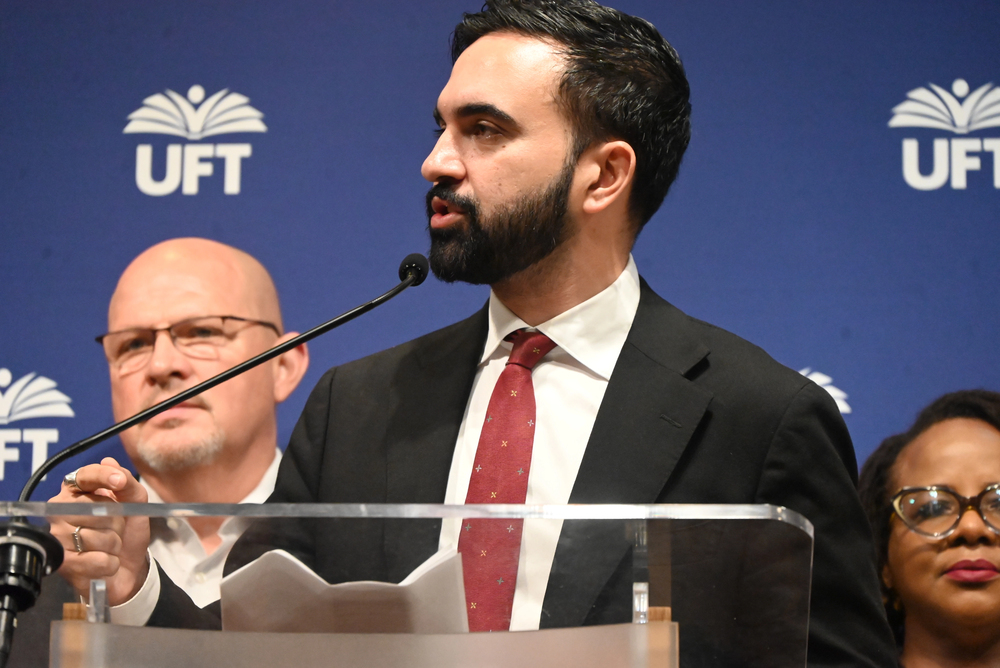
Everyone is discussing our tax base getting smaller and smaller each day, with New Yorkers running off to New Jersey, to Pennsylvania, to Connecticut. “If we don’t seize this moment, we lose the city.” That was how Zohran Mamdani introduced one of the most talked-about proposals in New York City politics this year: a far-reaching concept to upend property taxes in the city’s wealthiest enclaves. For active New Yorkers who care about affordability, equity, and their city’s future, Mamdani’s proposal isn’t only about statistics it’s about transforming what it means to share the city’s prosperity.

But as with any sweeping reform, the details matter. From the mechanics of property tax assessment to the ripple effects on migration and city budgets, there’s a lot more beneath the surface. Here’s a closer look at the most compelling and sometimes surprising insights behind Mamdani’s higher property tax proposal.
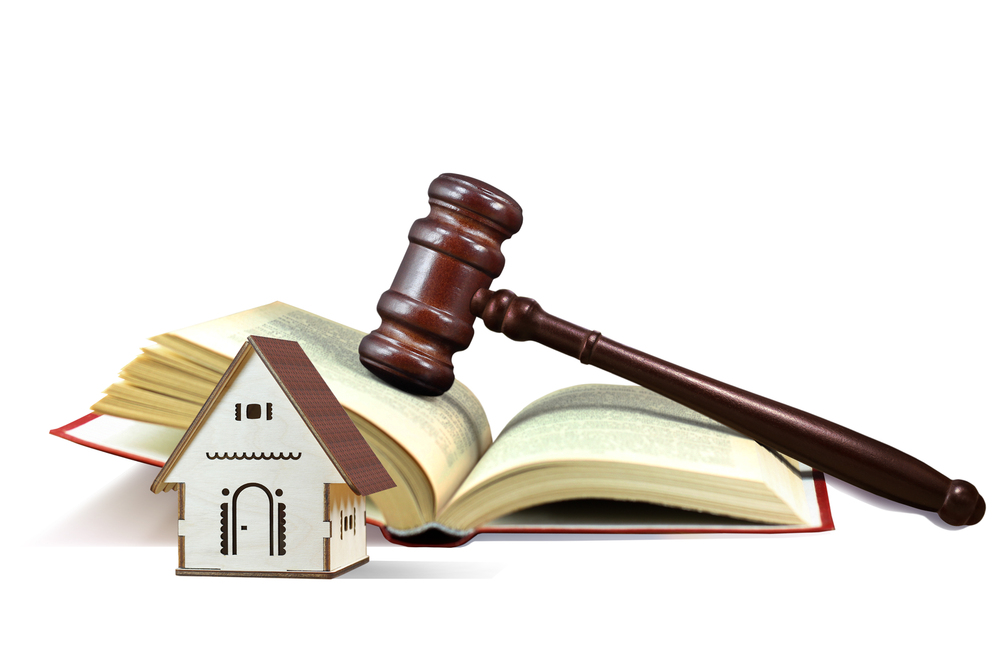
1. The Hidden Regressivity in NYC’s Property Tax System
The property tax system in New York City and across much of the country is not as equal as most assume. A landmark study in the Harvard Journal on Legislation uncovers a widespread phenomenon known as Property Tax Assessment Regressivity (PTAR). In other words, what it is saying is that expensive houses are undervalued by tax authorities and hence their owners pay less than their rightful share, but less-expensive houses are overvalued and overpaid. The numbers are striking: “homes in the bottom decile of prices i.e., the cheapest ten percent of houses face an effective tax rate that is more than double what homes in the top decile pay in the same jurisdiction.” This regressive tilt is a key driver behind Mamdani’s call for reform.

2. Who Really Pays: Race, Wealth, and Assessment Gaps
The unfairness isn’t just about rich versus poor. Research illustrates racial minority-owned properties get systemically over-assessed and majority-white property areas under-assessed (Harvard Journal on Legislation). This means Black, Hispanic, and Asian homeowners typically carry a greater tax burden on their property than their white counterparts even for similarly valued homes. These disparities are partly due to how assessors account for neighborhood characteristics and the frequency of appeals, which wealthier, whiter homeowners are more likely to pursue and win. It’s a sobering reality that puts equity front and center in the property tax debate.
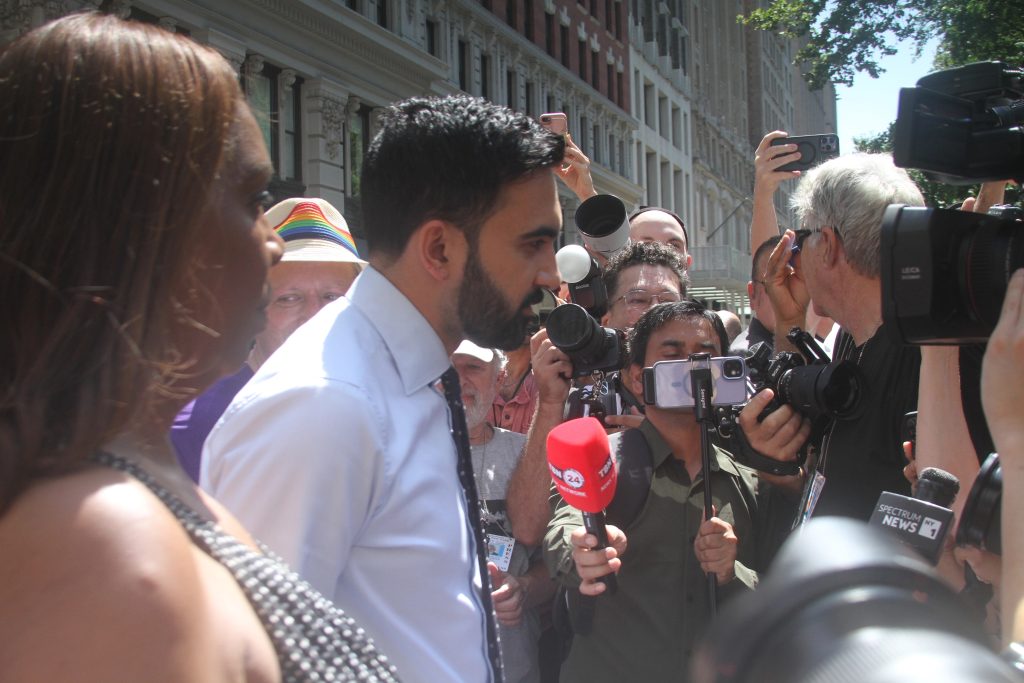
3. Mamdani’s Ambitious Vision: More Than Just Taxes
Zohran Mamdani isn’t just talking about raising property taxes. His agenda is a wide-ranging vision for a more equitable city free public transportation, universal child care, and publicly owned grocery stores to keep prices in check (Forbes). The price tag? About $10 billion in additional spending every year. Mamdani is explicit about how he’d pay for it: higher corporate tax rate and new 2% city income tax on high earners. The changing property taxes are only one aspect of a broader solution to making New York work for all, not just the über-rich.

4. The Migration Dilemma: Will the Wealthy Flee?
One of the largest worries about higher property taxes is that wealthy residents and businesses will simply flee. There is some basis for this: New York saw more than 533,000 people leave from 2020 to 2023, the largest loss of any state over that period (NY State Comptroller). High-income earners, in reality, have been leading the flight, actually depriving the city of its tax base. Scholarly research indicates, however, that taxes do contribute to migration but that affordability and quality of life are equally or even more significant factors. Mamdani argues that making the city more livable for everyone is the best way to keep people and their tax dollars here.

5. The State Hurdle: Local Ambitions, Albany Approval
Even if New Yorkers rally behind Mamdani’s plan, there’s a catch: most major tax changes require state approval. As Forbes points out, cities like New York have limited power to overhaul their own tax codes without a green light from Albany (Forbes). This means that any property tax reform would have to navigate state politics, where resistance from upstate lawmakers and business interests can be fierce. Mamdani’s challenge is to make his proposal seem not just possible, but essential for the city’s survival.
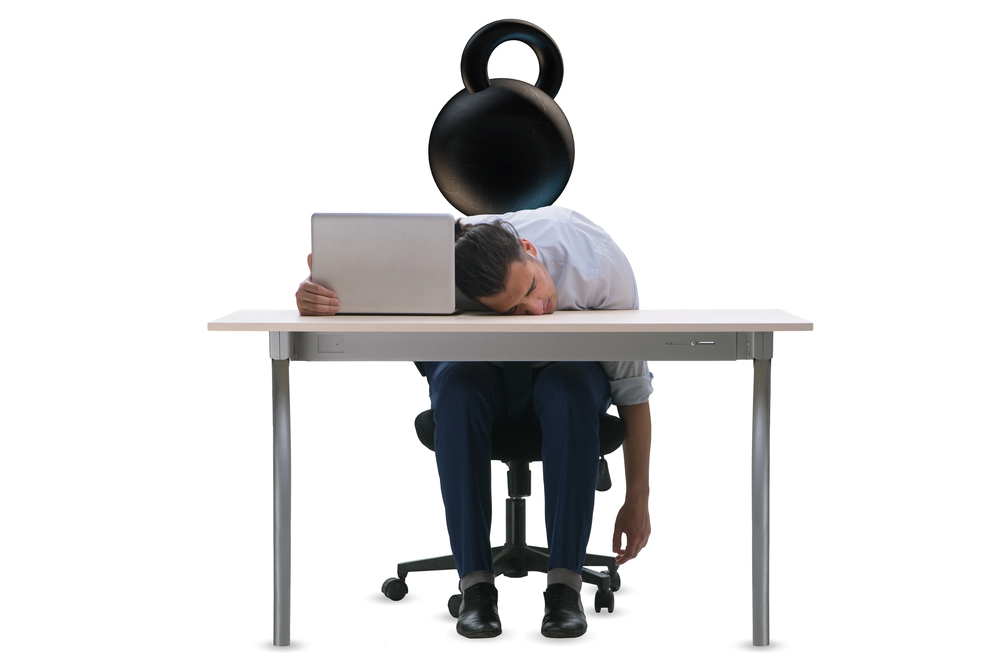
6. The Case for a Remedy for Assessment Regressivity
Why fix PTAR? First of all, precise valuations would lead to a more fair distribution of the tax burden, with affluent homeowners contributing more like their houses are truly worth. That would eliminate wealth inequalities among homeowners and result in a more stable tax base. But there’s no silver lining here reforming appraisals would mean plenty of upfront investment in better data, more frequent reassessments, and a more effective appeals system. As the Harvard Journal observes, “fixing PTAR would be an efficient form of wealth redistribution, if a somewhat oddly directed one, as it only shares revenue among homeowners in individual local governments.” The lesson: it’s a complicated but potentially revolutionary solution.
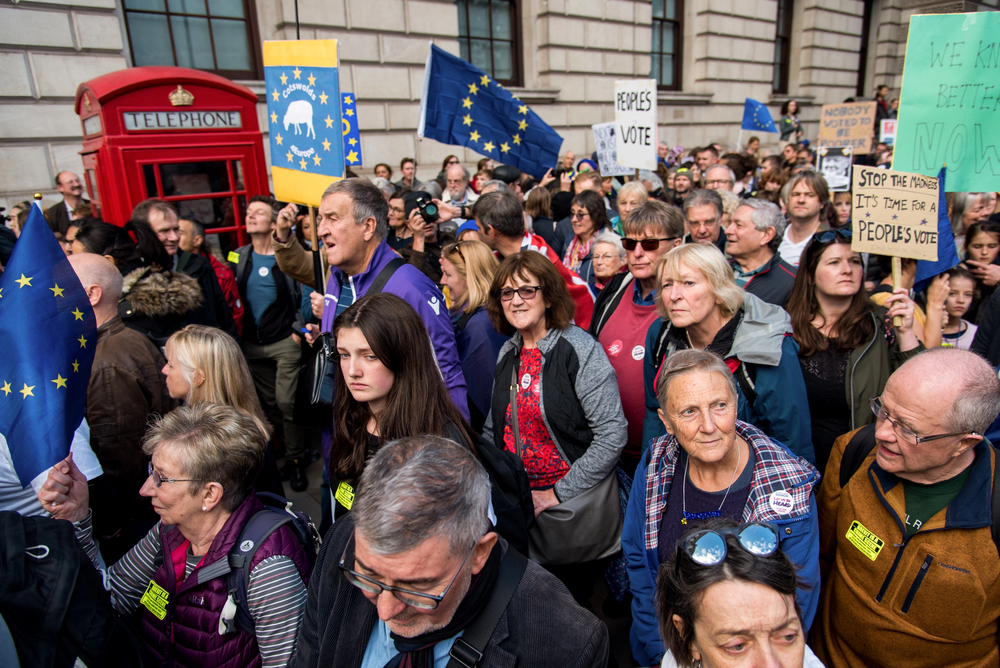
7. What’s at Stake: Affordability, Fairness, and NYC’s Future
At the heart of Mamdani’s proposal is a simple but powerful idea: the city should be affordable for every New Yorker. The property tax debate isn’t just about spreadsheets and mill rates it’s about who gets to call New York home. When loss of population and escalating expenses imperil the city’s vitality, drastic reforms like those of Mamdani compel a dialogue around shared responsibility and the type of city New Yorkers wish to create. As Mamdani described, “Our vision is one that will respond to it and make this a city affordable for every New Yorker.”
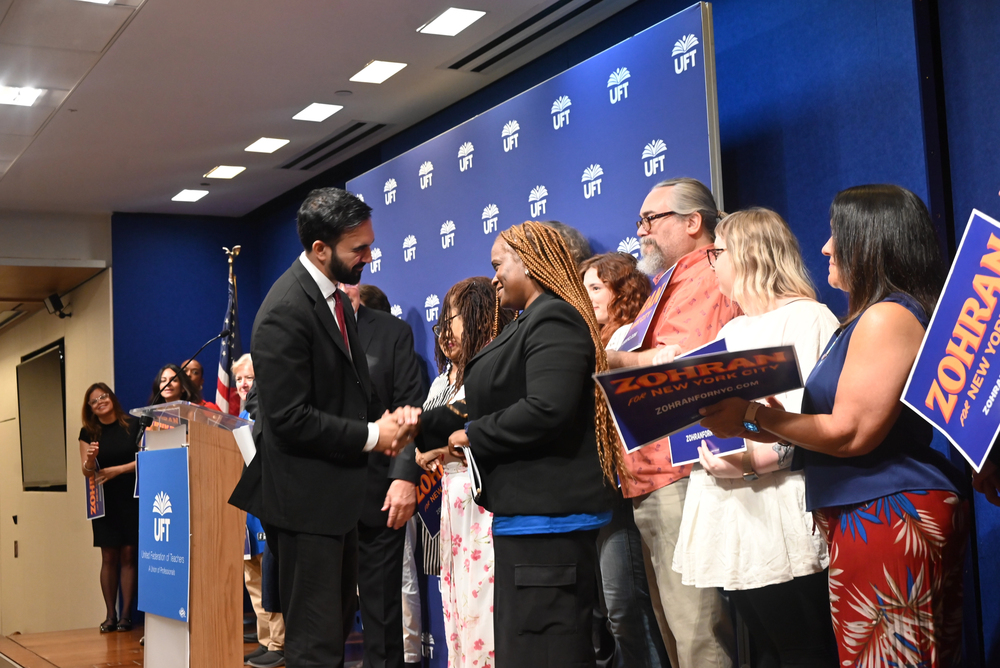
The battle for New York City property taxes is more than a policy debate it’s an examination of the city’s conscience. Changes to the system’s behind-scenes deficiencies may hold out new promises of fairness and affordability, but the path ahead is complex. As the 2025 mayoral race accelerates, one thing is clear: the conversation about who pays, who benefits, and who deserves to be in New York is only just starting.


